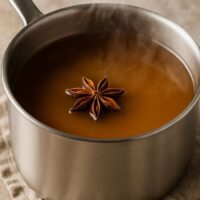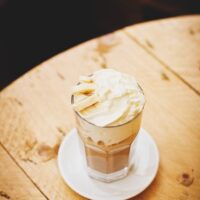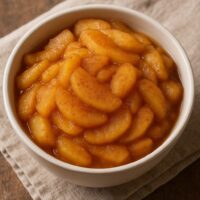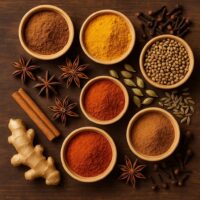Good Friends, Good Health, Great Life
Some people call it “girl time,” others call it “guy time.” You may even call it a party. Whatever you call it, spending time with friends does something magical for your mood — and maybe even your lifespan.
Think about it: laughter, movement, and connection all rolled into one. Whether you’re walking the neighborhood trail, meeting for a workout, or catching up over coffee, there’s something powerful about being with people who just get you. 
Friendship feeds us in ways no supplement or medication ever could. A long chat with someone who’s known you for decades, or a spontaneous phone call that turns into a deep conversation, can lift the weight of a stressful day. There’s a reason it feels so good. Our brains release feel-good hormones like oxytocin when we connect. We literally feel better when we spend time with people we care about.
And here’s a fun fact: research shows that people with strong social ties are about 50% more likely to live longer than those who feel isolated. Can a supplement promise that?
The longest-running happiness study from Harvard found that close relationships — more than money or fame — are the key to living a good life. That simple truth puts things in perspective: what really nourishes us might be less about what’s on our plate and more about who’s sitting across from us.
The beauty of friendships is that they don’t have to be constant to be meaningful. You know those friends you can go months, or even years, without seeing, and when you finally get together, it’s like no time has passed? Those relationships remind us that real connection isn’t about frequency; it’s about authenticity. They ground us, reminding us of what truly matters and how much we’ve shared along the way.
And if you’ve ever worked out with a friend, you know the energy is different. You push a little harder. You laugh a little more. You show up because she (or he) is showing up. Movement becomes less of a “should” and more of a shared experience — something to look forward to instead of one more task on the to-do list. It can even by FUN! 
As we move through different chapters of life, friendships may ebb and flow, but they remain one of the most life-affirming investments we can make. So, call or write (yes, like on note paper) that friend you’ve been meaning to reach out to. Plan that walk, that lunch, that workout. Now is the perfect time.
Because in the end, the best kind of longevity might just come from laughing so hard with your friends that you lose track of time.
To good friends,
Health Coach Carol
“A friend is someone who helps you up when you’re down, and if they can’t, they lay down beside you and listen.” ~ Winnie the Pooh



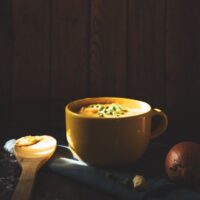 As the Midwest air turns crisp and daylight fades earlier, it’s natural to crave warmth — both in what we wear and what we eat. Fall invites us to shift from cool, refreshing foods to dishes that comfort, nourish, and ground us.
As the Midwest air turns crisp and daylight fades earlier, it’s natural to crave warmth — both in what we wear and what we eat. Fall invites us to shift from cool, refreshing foods to dishes that comfort, nourish, and ground us.  🍂 Try This: Roast cubed sweet potatoes, parsnips, and Brussels sprouts with a drizzle of olive oil, sprinkle of cinnamon, and pinch of sea salt. Serve warm with quinoa or over greens for an easy, earthy fall bowl.
🍂 Try This: Roast cubed sweet potatoes, parsnips, and Brussels sprouts with a drizzle of olive oil, sprinkle of cinnamon, and pinch of sea salt. Serve warm with quinoa or over greens for an easy, earthy fall bowl.